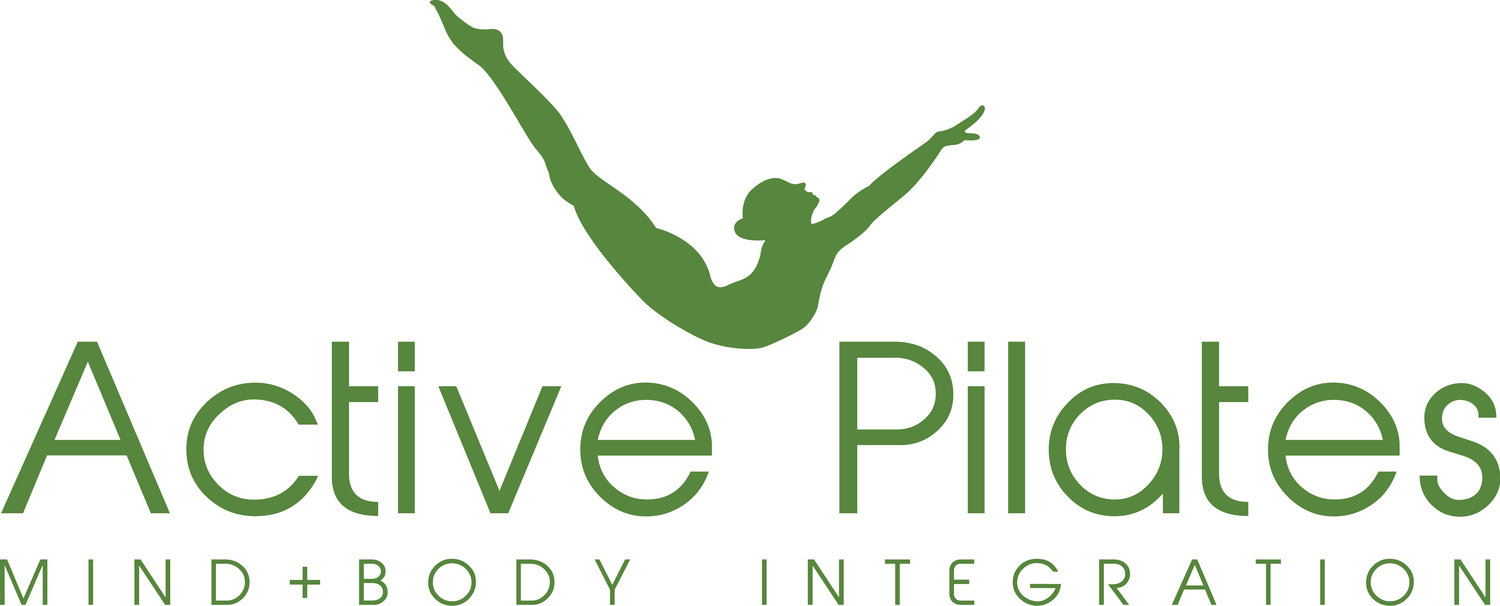Can Pilates improve arthritis?
1 in 7 Australians suffer from arthritis, including rheumatoid arthritis and osteoarthritis. That’s around 3.6 million Australians, with the illness being more common among females.
Those who have arthritis will know the struggles of having the condition. It directly impacts a person’s quality of life by causing acute to chronic pain, physical limitations and mental health issues. As a result, many people with arthritis become withdrawn from social activities.
Despite the common misconception that arthritis affects mainly the elderly, arthritis can affect people of all ages. But it’s not all doom and gloom! Combining modern medicine and regular exercise can positively impact the well-being of people with arthritis and help them regain their lives.
Studies on Pilates and arthritis
Many studies have been done on Pilates' effectiveness to reduce pain and improve physical function. Many have shown Pilates to be a safe and effective way of relieving neck pain, back pain, and pain associated with osteoarthritis. People who partook in regular Pilates also found improvement in their psychological state.
In a study done on 30 females with knee osteoarthritis, the women who did three 1 hour sessions of Pilates per week for eight weeks found an increased range of knee motion and function, as well as increased balance.
Studies have even been done on children with arthritis, where children aged 10-14 years practised Pilates for 1 hour 3 times a week for three months. Results showed a decrease in pain intensity and an increase in cardiovascular fitness and functional ability. The study showed Pilates helped the patients with day-to-day activities such as getting out of bed, dressing, eating, grip strength, and self-hygiene.
Which Pilates exercises should you do?
So, there’s sufficient evidence to suggest Pilates can reduce the negative impact of arthritis, but what Pilates exercises can we start with?
Pelvic Clock (Pelvic Tilt)
Bridge
Clamshells (Clams)
Leg Circles (might need to be modified)
Spine Stretch
Spine Twist (pain attention to your head/neck position)
Quadruped
Just keep moving!
If you have arthritis or suspect you may develop it in later years, the most important thing is not to stop exercising! You may need to adjust the exercises you do to suit your condition, but make sure you keep moving. Regular exercise is critical in managing this condition.
If you or someone you know is struggling with arthritis, please get in touch with your healthcare professional for advice. It’s a debilitating yet common condition, but there are ways to help manage it.

